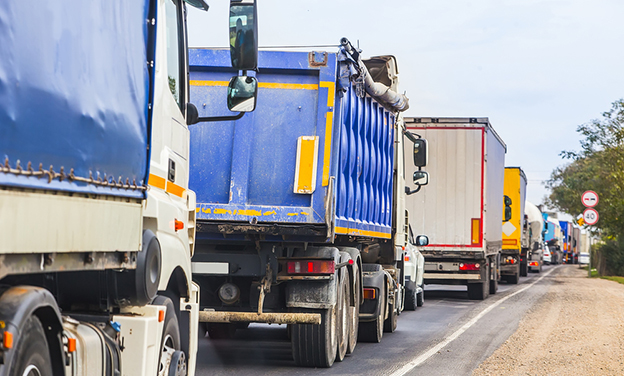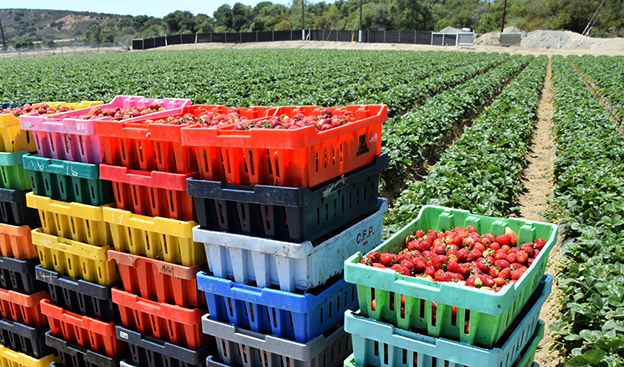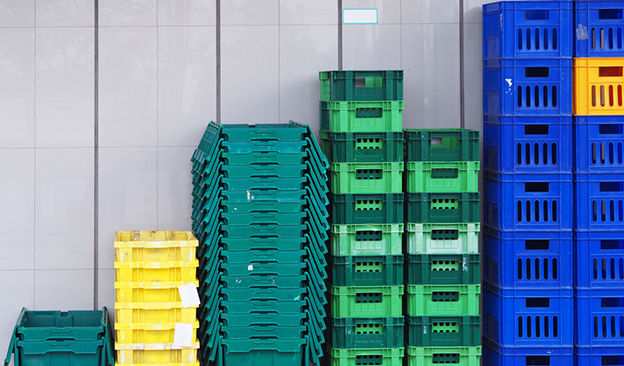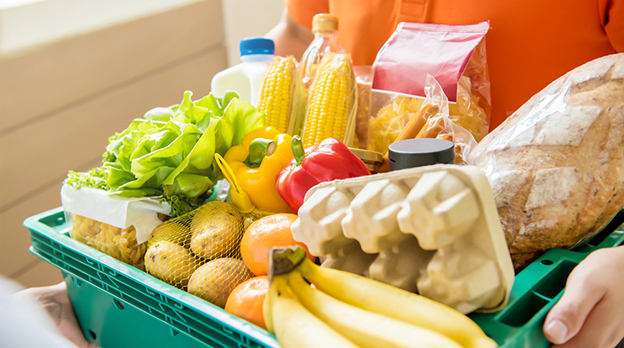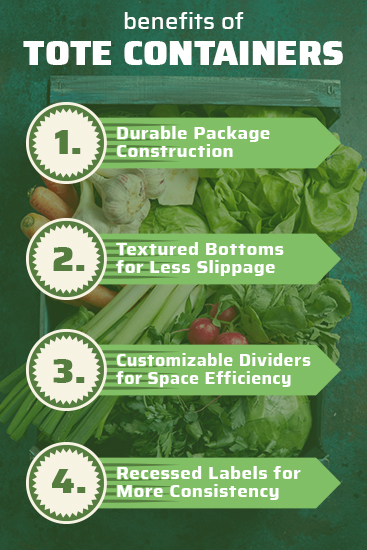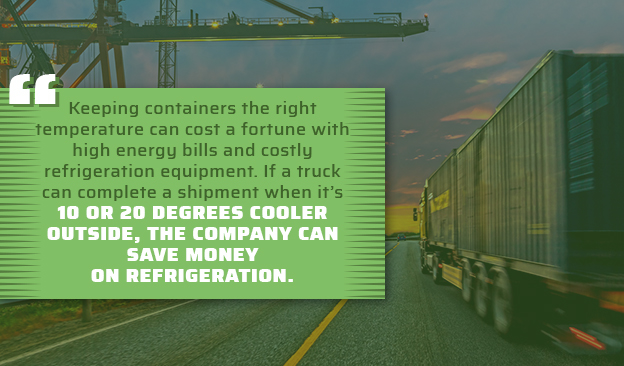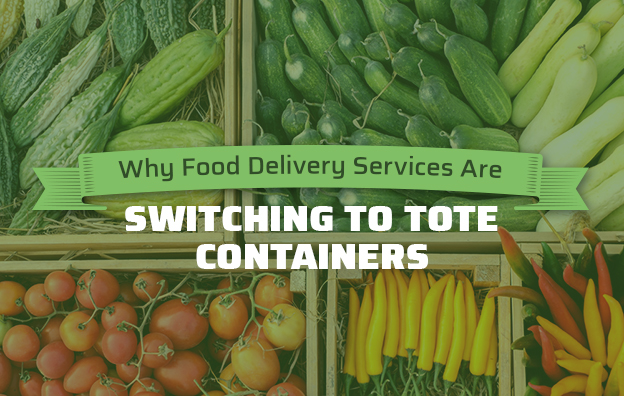
It’s a great time to be a consumer. With just a few clicks, consumers can order just about anything online and have it delivered to their front door within a few days or even just a few hours. Major e-commerce players like Amazon and Walmart are rapidly changing the supply chain to speed up the delivery process. Smaller companies have to get their packages from point A to B as fast as possible if they want to compete with major corporations.
The same is also true of food delivery services. Much of the food that’s delivered is perishable, which means couriers need to deliver shipments as fast as possible. Making the delivery process more reliable and timely has become a central part of this delivery revolution. Learn how food delivery companies are grappling with these changes as they try to keep up with growing consumer demand.
What Is the Last Mile Problem?
![]()
The most expensive and time-consuming part of the delivery process is what’s known as the last mile stage. This refers to the point at which the package is on the truck and out for delivery. Dropping off one package at a time at a number of different locations spread out across a specific region means wrestling with all kinds of delays, including traffic and weather. In heavily populated areas, it may take a delivery truck several hours just to deliver packages across a few square blocks. Traffic and weather can be unpredictable, which means consumers may get frustrated with the company if they’re forced to wait longer than what was promised.
The last mile stage accounts for 53 percent of all delivery costs. Delivery companies of all sizes are desperately trying to shrink these costs while speeding up the delivery process to stay competitive in the marketplace. To improve the last-mile stage, the logistics industry has seen a rise in real-time shipment tracking, helping the consumer know when they can expect their package. Some companies are also exploring drone delivery as a way of mitigating some of these delays.
Keeping Food Fresh
![]()
For food delivery companies, the last mile problem isn’t just about satisfying the customer and making sure their shipment arrives on time. These companies also have to find ways to ensure the shipment arrives fresh, crisp and edible. Even minor delays can lead to soggy dishes, wilting produce and spoiled food that won’t last long on the shelf. In addition to real-time tracking and speedy deliveries, food shipping companies need to find innovative ways to keep the food fresh. More companies are using smart technology like temperature sensors that communicate the temperature of the shipment in real-time to ensure freshness.
Online grocery sales are expected to reach $100 billion by 2025, with many stores offering next-day delivery or pickup. To meet these tight deadlines, delivery companies are turning to crowdsourced transportation options like the Uber model to ensure products arrive on schedule and food shipments stay fresh. This means using nonprofessional couriers, usually people that own their own car, to complete the last-mile stage of the delivery process. These drivers live close to the consumer and may complete a series of deliveries in their spare time just to earn a few extra bucks and supplement their income.
Crowdsourced delivery takes some of the pressure off shipping companies and food manufactures. Instead of relying solely on costly trucks that have to weave their way through tight city streets as they complete hundreds of deliveries, companies can hand off a package to a nonprofessional courier who can complete fewer deliveries on a faster timeline. Companies can lower overhead expenses by using a network of driver-owned vehicles instead of their own equipment, at least during the last leg of the delivery process. Newcomers looking to enter the market no longer have to spend a fortune on transportation and logistics; they can use local drivers to ensure they stay competitive in an increasingly crowded delivery landscape.
How Food Delivery Services Are Coping
![]()
The biggest challenge facing delivery companies is finding ways to speed up the delivery process and improve transparency while still lowering shipping costs. These two goals can seem at cross purposes, as more companies feel the need to invest in smart technology like real-time GPS trackers and thermometers. Crowdsourced transportation methods can help reduce overhead expenses when it comes to delivering food to individual consumers, but food companies looking to make large-scale deliveries to restaurants, grocery stores and hospitals need to come up with another way to reduce their delivery expenses. Delivering large quantities of fresh produce, meat and other perishable items requires a professional who is able to load the shipment into the client’s kitchen or warehouse.
Making the Switch to Tote Containers
![]()
One way to cut delivery expenses is to use tote containers instead of cardboard boxes. Switching to tote containers and doing away with cardboard boxes makes sense for both the supplier and the retailer.
From the retailer’s perspective, cardboard boxes typically need to be disposed of after delivery, and many retailers have to pay extra to break down and recycle these boxes. Dealing with dozens of empty boxes every time a new shipment comes in can be a major hassle, especially if these boxes are taking up precious warehouse space or distracting business owners and their employees from other responsibilities. With tote food-grade containers, retailers don’t need to worry about recycling and breaking down boxes because these IBC containers are reusable. They can easily be stacked in a corner and wait for the supplier to pick them up on subsequent deliveries.
From the supplier’s perspective, wasted money doesn’t keep flying out the door on shipping containers that can only be used once. Every time they need to put out a new order, they’ll have to invest in a new line of cardboard boxes just to never see them again. The switch to plastic totes reduces overhead expenses so suppliers can focus resources on improving the logistics of the supply chain instead of constantly investing in inefficient, wasteful storage containers.
Benefits of Tote Containers
![]()
But the benefits of using tote containers don’t stop there. Switching to totes makes economic sense for suppliers in more ways than one. In addition to reducing overhead, these companies can improve shipping efficiency, boost transparency and make sure their shipments remain intact. The benefits of using an IBC tote for food shipping include:
Durable Package Construction
Plastic totes are much more durable than ordinary cardboard boxes. They’re constructed with high-quality heavy-duty plastic that won’t easily bend or tear under pressure. Compare this material with cardboard that can be susceptible to all kinds of wear and tear. Cardboard can’t hold up under extreme weight, which can make stacking heavy boxes on top of one another a challenge. If any of these boxes gets wet, the material becomes even more unreliable. The slightest rip or puncture could lead to disaster, especially if the supplier is trying to transport sensitive items like produce.
Textured Bottoms for Less Slippage
Moving shipments from one stage of the delivery process to the next is much easier when the container features a textured bottom. This prevents the shipment from moving around in the back of the truck, on the conveyor belt and in the warehouse. Cardboard boxes simply don’t come with textured edges. It’s just a flat box that can slide around in any direction. If a delivery driver has to slam on the breaks due to reckless drivers on the road, heavy traffic or bad weather, a cardboard box could easily slip and slide around in the back, possibly toppling over and ruining the food inside.
With textured bottoms, supply chain managers can automate the packing and shipping process by simply loading food grade containers onto the convey belt or into the back of the truck without worrying about the container falling or moving out of place. This ensures the product arrives intact and in good condition.
Customizable Dividers for Maximum Space Efficiency
Packing and storing food comes with many considerations, especially if the supplier is looking to fit different kinds of food items into the same container. Customizable dividers help suppliers arrange dissimilar food items in a plastic container without them coming into contact with one another. While these foods may not necessarily contaminate each other, it can help suppliers and retailers stay organized as they pack and unpack potentially dozens of shipments.
Using dividers also helps the supplier keep fragile food items stable during transportation. Shipping a large container of eggs can be tricky if the cartons are bounding around inside. Using plastic totes with dividers helps the supplier keep these food items secure.
Recessed Labels for More Consistency
Many totes come with recessed labels that keep one of the most important aspects of the container secure. With a special recessed surface that keeps labels out of harm’s way, suppliers can make sure the barcode on the shipment won’t peel or rub off during transportation. The barcode is key when it comes to supply chain logistics and shipping transparency. Suppliers, retailers and consumers depend on real-time tracking to ensure shipments arrive on schedule. If a barcode rubs off or is damaged in any way, all parties will be in the dark in terms of a shipment’s location until another barcode can be applied. With recessed labels, the barcode stays securely out of the way, so the occasional scratch won’t render the label useless.
Tips for Shipping Food with Tote Containers
![]()
If suppliers want to get the most out of their plastic containers, there are a few tips and tricks they can use to improve efficiency and reduce energy usage.
Using Technology to Track Containers
One of the biggest challenges suppliers face when they switch to reusable containers like IBC totes is making sure they get their containers back. Some companies may unload the food in person and take the storage containers with them when the delivery is complete, but many companies are forced to leave the containers with the retailer and come back for them at a later date, usually during subsequent deliveries. Managing all these containers can be difficult unless the company has a system in place to properly track their location in real time.
To avoid losing precious totes, companies should get in the habit of routinely scanning shipments at every stage of the delivery process — including when the package is ready for shipment, when it goes onto the truck, when it arrives at the retailer’s location and when the empty container goes back on the truck for another shipment. If a retailer fails to return some of these shipping totes, the supplier will quickly realize where their containers have gone.
Shipping Food Overnight
Shipping food usually comes with certain temperature requirements to make sure the food stays fresh. Keeping containers and trucks the right temperature can cost a fortune with high energy bills and costly refrigeration equipment. But suppliers and food delivery companies can save money by shipping temperature-sensitive food items overnight.
In any climate, the nighttime tends to be much cooler than daytime, so it makes sense that food suppliers would move items like produce, meat, dairy products and other refrigerated items after the sun goes down. If a truck can complete a shipment when it’s 10 or 20 degrees cooler outside, the company can save money on refrigeration. The items will arrive at their destination first thing in the morning and be on the shelf for consumers later that day.
The Choice Is Clear
![]()
It’s clear why so many food delivery companies are switching to tote containers. They’re reusable, saving the company money every time it needs to complete a shipment. These containers are also more durable, easier to maintain and help keep barcodes safe compared to cardboard boxes. If suppliers come up with a reliable way to manage and track their containers, they can keep using them for years. Both suppliers and retailers will be pleased with the results. As the delivery game becomes more competitive, demand for more reliable shipping options will only increase.

